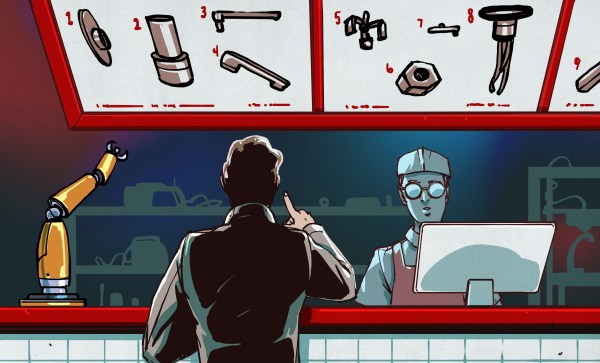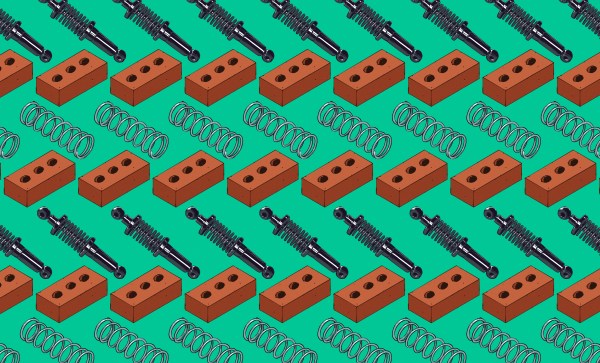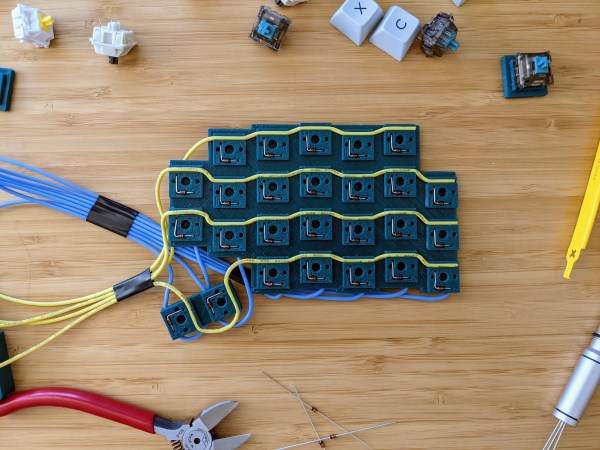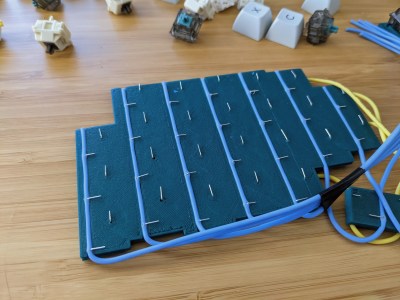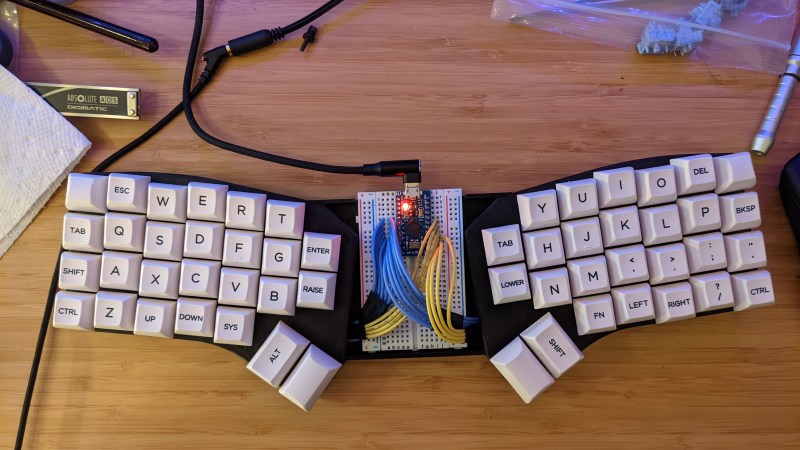When mathematically inspired maker [Henry Segerman] conspired with circus performer and acrobat [Marcus Paoletti] to advance the craft of acrobatics in round metal objects (such as cyr wheels and German Wheels), they came up with a fascinating concept that has taken shape in what [Henry] calls the Tao-Line.
Similar performance devices go in a straight line or can be turned on edge, but the Tao-Line is far more nimble. This is because the Tao-Line is not a continuous cylinder, but rather is made up of numerous circular shapes that allow the Tao-Line to be turned and inverted at different points in its rotation.
While a circus prop might not be your average Hackaday fare, it’s noteworthy because the Tao-Line started off as a 3D printed prototype, which was then turned into the metal fabrication you see in the video below the break. It’s an excellent example of how modeling complex shapes as a physical product- not just a 3D model on the screen- can be helpful in the overall design and construction of the full scale piece.
If you’re looking to build something that’s under the big top but not quite so over the top, you might enjoy this mixed-media digital clock. Thanks to [Keith] for the great tip. Be sure to submit send your cool finds via the Tip Line!
Continue reading “3D Printed Circular Prototype Performance Prop Captivates Circus Spectators”

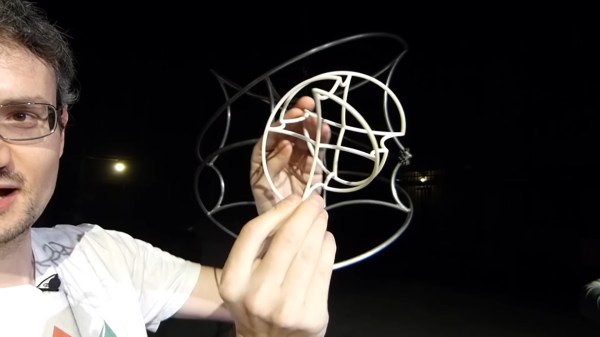
![USB to Dupont adapter by [PROSCH]](https://hackaday.com/wp-content/uploads/2022/01/2022-01-01-USB-to-DuPont-adapter-feat.jpg?w=600&h=450)


